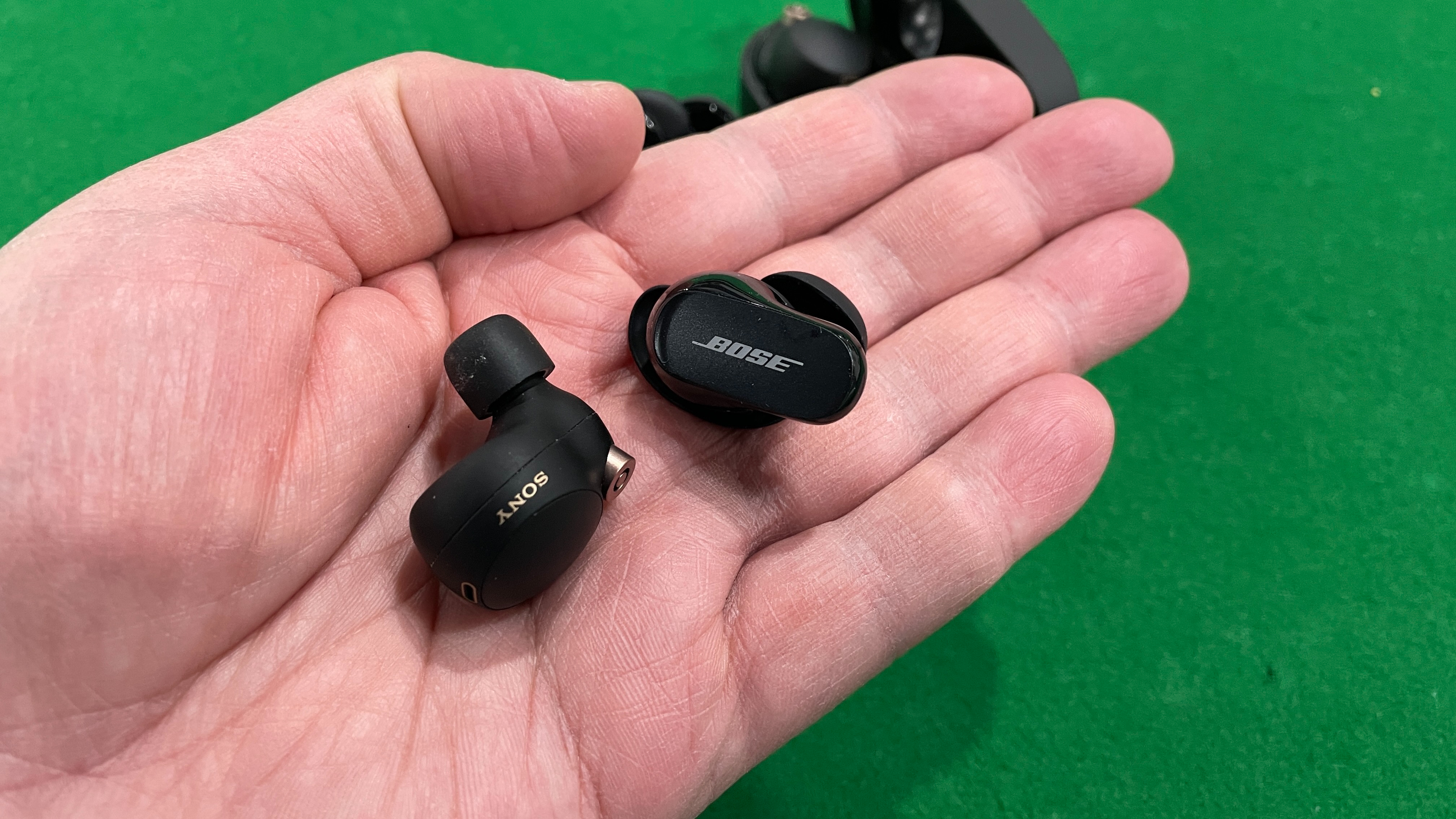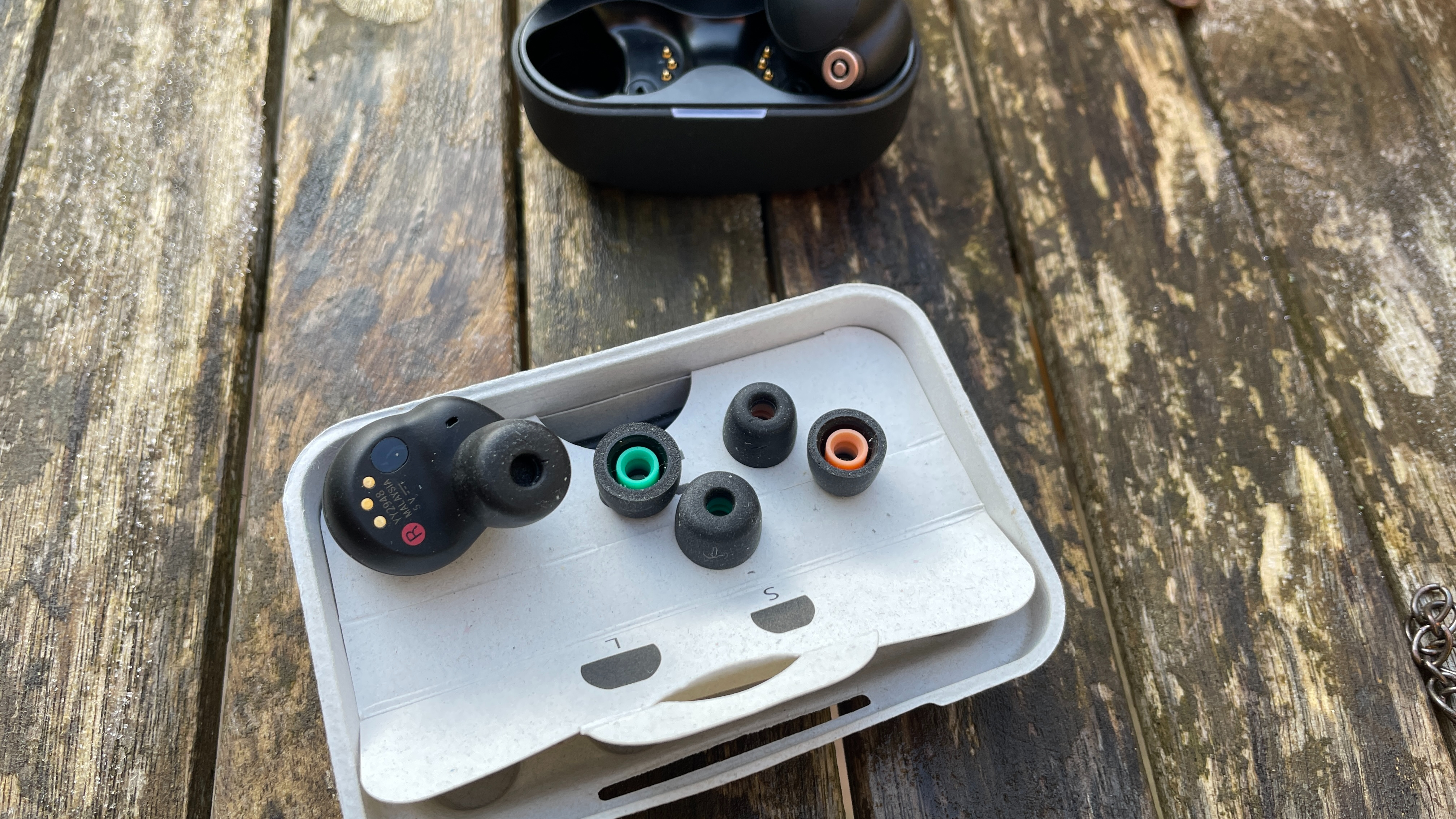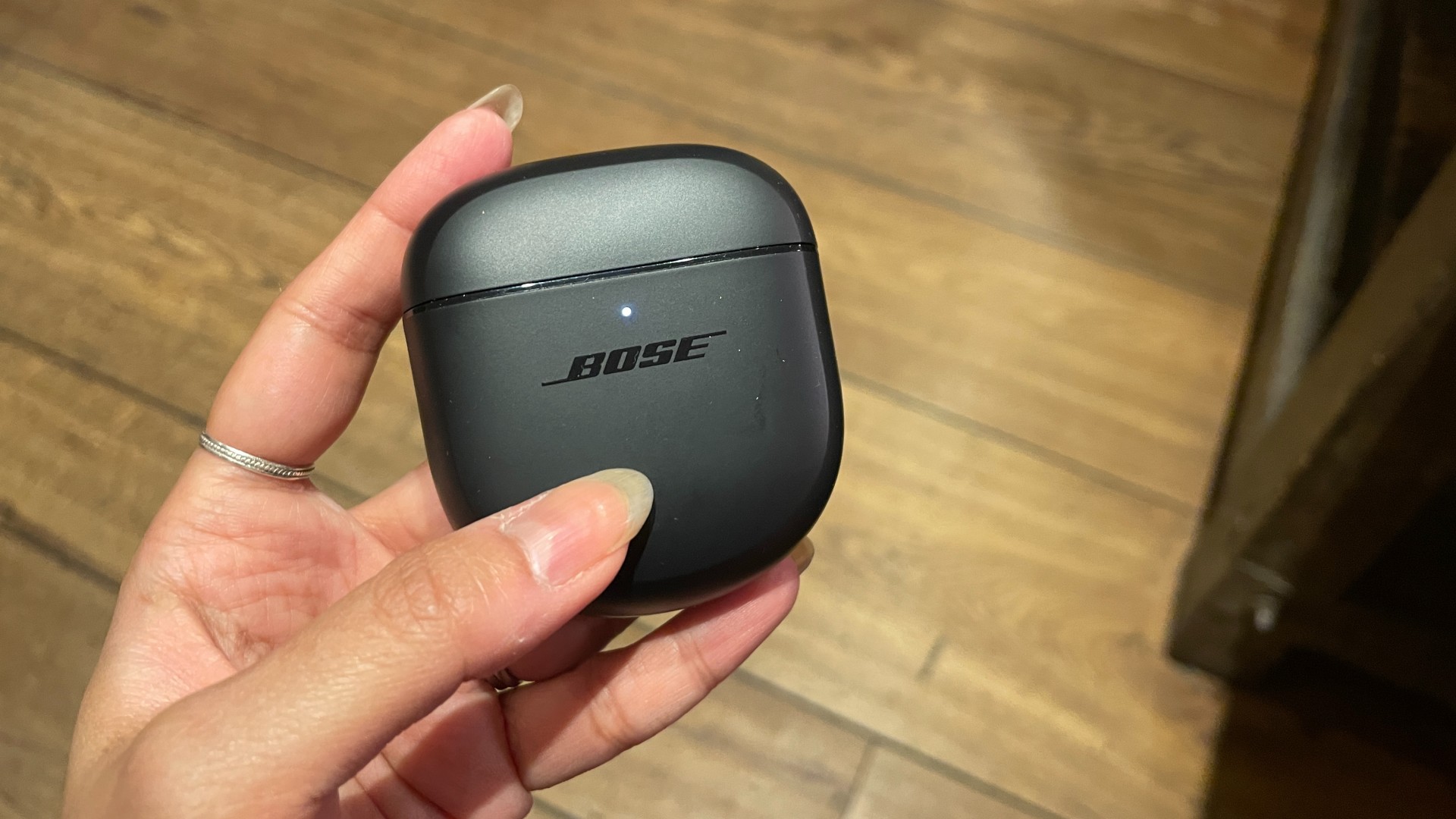8 mistakes to avoid with your wireless earbuds
Number two is a game-changer for pairs with ANC

True wireless earbuds have a pretty simple goal: to deliver music to your lugholes in the most convenient way possible, being the most discreet headphone type out there and not requiring you to wear a single wire. But there’s more to owning these practical little earpieces than just keeping them charged up, pairing them to a Bluetooth source and shoving them in your ears.
Many pairs have in-app features that are not always obvious but could significantly enhance your everyday life, and generally there are things you can do to ensure your wireless earbuds sound the best they can and live as long as possible – and without spending a single dime. We hope this article helps you discover untapped functions and sheds light on some useful housekeeping tips...
1. Don't let contact points get too grimy

We have known true wireless earbuds to stop charging in their case over time, and this is usually down to a poor connection between the (often three) contact points on the earpieces and the corresponding ones inside the case where they nestle. This can happen if dirt gets on either point – they should be visibly gold, not black!
Their sensitivity means that wiping them clean with a tissue or cotton bud could risk damage, so we’d recommend always keeping the charging case closed when the buds are out of them and not leaving the buds lying around outside of their case when you aren’t listening to them.
2. Don't keep ANC on in quiet environments
If your wireless earbuds have active noise cancellation (ANC), as so many these days do, it might be tempting to leave the function on permanently during listening. But we would recommend turning it off when your surroundings aren’t noisy for two reasons – ANC uses power and therefore battery life due to the processing involved, and that processing also obscures sound quality which is far more noticeable in a quieter environment.
As active noise cancelling works by measuring external noise and then creating an inverted sound wave to cancel it out, this can cause music (especially high frequencies, as ANC doesn’t deal with them very well) to sound more compressed and dynamically lacking.
3. Don’t ignore companion apps
“There’s an app for that” is very applicable in the wireless earbuds world, as many well-known manufacturers – Sony, Sennheiser, Bose, Jabra, JBL, Yamaha etc – offer companion apps for their buds. While they can be pretty bare-boned and merely offer you the chance to view battery life, update firmware and name your buds Steve (or something else, if you aren’t called Steve), others are gateways to meaningful features that could really enhance your experience.
The latest hi-fi, home cinema and tech news, reviews, buying advice and deals, direct to your inbox.
Sennheiser, for example, has Sound Zones that let you assign customised ANC and EQ levels to certain locations – ideal if you want, to refer to point two, ANC to turn off when you walk through your door. Many apps now offer assistance in assessing how the buds fit in your ears; allow you to choose which finger gesture (a double tap on the left earbud, for example) corresponds to which playback control (skip forward a track, for example); and provide custom EQs and ANC adjustment that aren't available via on-bud control.
4. Do consider Bluetooth codecs
Many true wireless earbuds (especially those at the pricier end of the market) support higher quality Bluetooth codecs than the ‘standard’ SBC and AAC ones. Great news if your earbuds support LDAC or aptX HD/Adaptive Bluetooth, for example, but your phone or other source devices will also need to support that same codec for you to benefit from that better wireless transmission. Earbuds and phones won’t necessarily detect for themselves a compatible codec either, so it’s always worth heading to a companion app or phone’s Bluetooth settings to check it is enabled and working – just as is required between our Samsung Galaxy phone and Sony WH-1000XM5 headphones to use the LDAC connection.
Some companion apps or phone Bluetooth menus allow you to more generically choose whether your priority is connection stability or optimum sound quality, too, so do dive around in such menus in case you’re missing something.
5. Do spend time getting the right fit

If your earbuds sound thin and lacking bass or conversely overly thick and muffled, or they easily fall out of your ears or make them feel uncomfortably clogged up, it’s likely due to them being fitted with the wrong ear tip size. Earbuds typically come with three sizes (small, medium and large) of silicone (and also sometimes memory foam) tips, and it’s critical to the listening experience that you don’t wear one that’s too big or too small. Try each size by gently furrowing the tips into the ear canal and twisting them 45 degrees to help comfortably lock them into place. The best fit will provide a good seal with the walls of your ear canal and block a degree of ambient noise without making your ears feel too congested.
Silicone tips tend to be the most durable and easier to clean but aren’t as grippy or pliable as foam tips, which are more forgiving and so better for more difficult ear ergonomics but tend to need replacing more often.
Also, an increasing number of companion apps now offer earbud fit test software that runs a few tests while you’re wearing the earbuds and can provide feedback on your current fit.
6. Don't ignore multipoint functionality
Another feature increasingly making its way into wireless earbuds is multipoint functionality, which allows the simultaneous connection of two sources to a pair of earbuds. We’ve all been there before – listening to music from a laptop on Bluetooth headphones, only to have to rush to unpair it and then repair your phone when you see a call come in, or failing and having to take the earbuds out altogether to put the phone to your ear. Multipoint solves that inconvenience. It can be a Godsend when, say, you want to be connected to your tablet to binge Netflix but also to your phone for any incoming calls.
Some wireless earbuds (AirPods, and those from Samsung, for example) have advanced this useful functionality to include proprietary auto-switching, which means the earbuds can detect when a call comes in from a connected phone and automatically switch to it, and vice versa when it has ended.
7. Don't waste battery life
Battery care is important in all electronics, and there are ways you can increase the lifespan of your wireless earbuds’ battery beyond deactivating ANC when you don’t need it and listening at more modest volume levels. For example, you can avoid charging your earbuds’ case overnight – charging them to full and keeping them there for hours puts a greater strain on the case’s battery cells and will over time degrade its overall efficiency.
Leaving the charging case in extreme temperatures – in the sun or unprotected out in the cold – is classic battery-draining behaviour too. And while you might want your earbuds to perform at their best, know that many can prioritise battery life over sound optimisation with the flick of an in-app switch. Alternatively, turn off processing features such as EQ and real-time ANC adjustment and multi-point connectivity to help preserve the juicepack.
8. Don’t forget to keep the charging case topped up

And lastly, another point on battery life: note how many LEDs on the charging case light up whenever you return the earbuds back to their case, or get into the habit of checking in an app how much charge the case has. It’s one thing to have to return your buds to the charging case due to a low earbud charge, but you don’t want to be caught short with a charging case that isn’t topped up either.
MORE:
The best wireless earbuds you can buy, whatever your budget
Sony WF-C700N vs Sony WF-C500: which five-star wireless earbuds are better?
Spotify HiFi: release date news, price prediction, and latest rumours

Becky is a hi-fi, AV and technology journalist, formerly the Managing Editor at What Hi-Fi? and Editor of Australian Hi-Fi and Audio Esoterica magazines. With over twelve years of journalism experience in the hi-fi industry, she has reviewed all manner of audio gear, from budget amplifiers to high-end speakers, and particularly specialises in headphones and head-fi devices.
In her spare time, Becky can often be found running, watching Liverpool FC and horror movies, and hunting for gluten-free cake.
